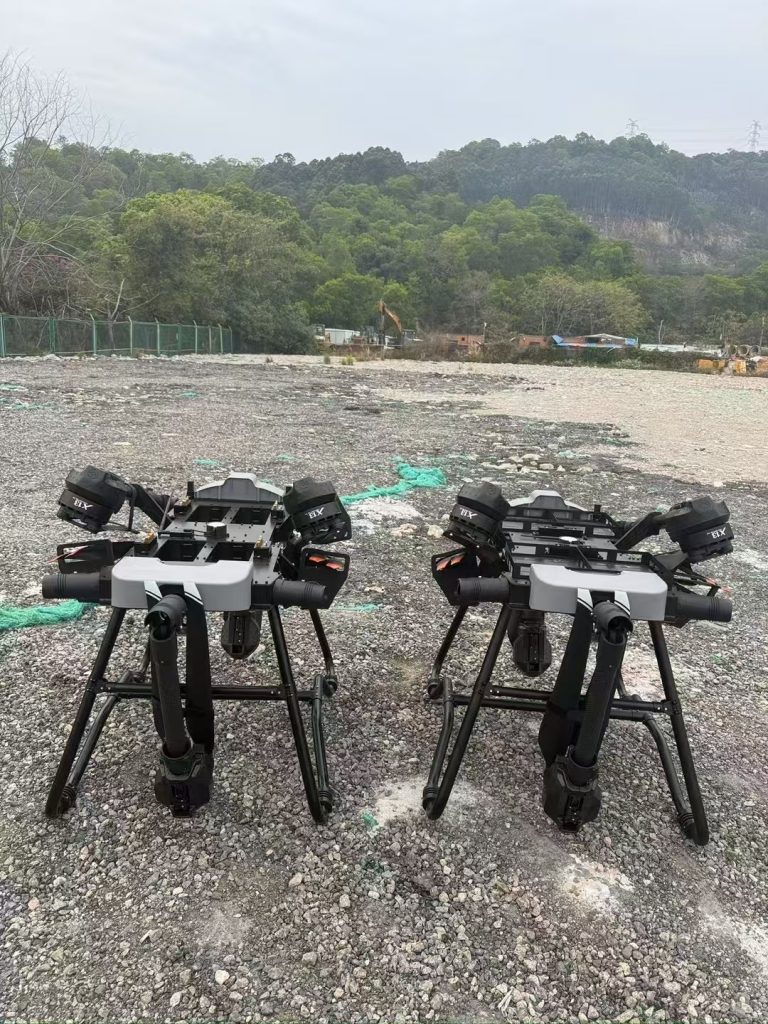
Wings Over the Black Earth: How Chinese Agri-Drones Are Nurturing Belarus’s Farming Legacy
Belarus, often called “Europe’s breadbasket,” is a land of rolling plains, thick forests, and farmsteads rooted in tradition. Its black soil—among the most fertile on Earth—has fed generations, yielding wheat, potatoes, flax, and dairy that sustain families and sustain the nation’s economy. Yet beneath this abundance lies a quiet struggle. Aging farmers (the average age hovers near 55), a shrinking rural workforce as young Belarussians move to cities, and increasingly unpredictable weather—swings from drought to deluge—threaten the stability of these family-run operations. It’s here, amid these familiar challenges, that an unlikely tool is taking flight: agricultural drones imported from China, now gliding over Belarusian fields to prove that tradition and innovation can grow hand in hand.
Belarus’s Farms: Roots Deep, Pressures Steep
Belarus’s agriculture is a tapestry of small, meticulous plots. Most farms span 5–15 hectares, tilled by families who’ve worked the same land for decades. In the north, near Vitebsk, fields of potatoes and buckwheat stretch to the horizon; in the south, near Gomel, sunflowers and sugar beets dominate. Dairy farms, with their herds of black-and-white Belarussian cows, dot the landscape like scattered jewels.
But for all its richness, farming here is hard. “My three sons work in Minsk,” says Ivan, a 62-year-old wheat farmer in Mogilev Oblast. “I tend 12 hectares alone. Planting by hand takes weeks—by then, the soil’s too dry. And last summer’s sudden frost? Wiped out 20% of my sugar beets. I need to work smarter, not just harder.”
Climate change has sharpened these strains. Warmer winters have brought new pests, like the Colorado potato beetle, while spring floods delay planting, and summer heatwaves stress crops. Meanwhile, Belarus’s commitment to sustainable farming—driven by both EU alignment talks and a desire to protect its “black earth”—means farmers must cut chemical use without sacrificing yields. “We can’t go back to horse-drawn plows,” Ivan adds. “But we need tools that respect the land and keep us competitive.”
Drones Built for Belarus’s Breadbasket
When we first explored exporting to Belarus, we didn’t just send off-the-shelf drones. We studied the land: its vast, flat plains interrupted by small, family-owned plots; the way farmers rely on tractors but struggle with narrow rows; and the urgency of precision in a climate where conditions shift overnight. What emerged was a drone tailored not just to Belarus, but to its people.
Robust and reliable: With a 15-kilogram payload and a 25-minute flight time per battery, our drones handle Belarus’s wide-open fields with ease. Their sturdy frames resist mud splashes from spring rains and dust kicked up by summer winds—critical in a country where farm roads turn to muck after storms. “In the past, bringing in heavy equipment meant waiting for dry spells,” explains Pavel, a local agronomist who helped test our models. “This drone? It launches in minutes, rain or shine.”
Precision for productivity: Multispectral sensors map crop health at the field level, flagging nutrient gaps or pest outbreaks before they’re visible. For Ivan’s wheat fields, this meant switching from blanket fertilizing to targeted applications—slashing chemical use by 35% while boosting yields by 20%. “The drone shows me exactly where the soil’s hungry,” he says. “I feed it, and the rest thrive. My costs are down, and my wheat’s as good as ever.”
Simple to learn, proud to own: Many Belarusian farmers are tech-savvy but value tradition. We designed a straightforward interface with Russian-language menus and paired it with hands-on training in village halls, over draniki (potato pancakes) and kompot (fruit compote). “I was skeptical—drones felt like city gadgetry,” admits Nina, who runs a family dairy farm in Grodno. “But after the workshop? I flew one myself. It’s like using a high-end camera—intuitive, and it makes me feel modern.”
More Than Machines: Building Trust in the Heartland
In Belarus, trust is earned over shared meals and stories of harvests past. We didn’t just ship drones; we set up a service center in Minsk, stocking spare parts and hosting monthly “drone days” where farmers troubleshoot together. “Farmers here trust neighbors first,” says Lena, our local partner. “If one says it works, ten will try. But first, they need to see it care.”
That care deepened when we adapted to their needs. When a harsh winter froze drone batteries prematurely, we sent heated storage cases free of charge. When Nina struggled with tall sunflowers obscuring spray paths, our engineers tweaked the drone’s flight algorithm to hover lower—no extra cost. “You didn’t just sell us a tool,” Ivan says. “You stayed when the cold bit. That’s family.”
Today, drones are becoming part of Belarus’s farming soul:
-
Wheat & Sugar Beets (Mogilev): Ivan now monitors his crops weekly, catching early signs of drought stress. “My yields are stable, but my chemical bills are half what they were. My grandson, who studies agronomy in Minsk? He comes home to help with the data. Maybe he’ll take over the farm someday—with drones.”
-
Dairy Farms (Grodno): Nina uses drones to map pasture health, ensuring her cows graze on nutrient-rich grass. “The drone shows me where clover’s thinning. I reseed those spots, and my milk yields go up. Buyers in Moscow notice—‘drone-tended’ dairy fetches a premium.”
-
Flax Fields (Vitebsk): In the north, flax growers use drones to spot early signs of lodging (stems bending under weight). “Fixing it early means better fiber quality,” says Dmitri, a third-generation flax farmer. “The drone is my new harvest helper.”
A Future Where Tech and Tradition Thrive
What began as a business venture has become a partnership. Belarusian farmers teach us about their land: how drones handle Vitebsk’s strong winds, which crops (like buckwheat) need gentler spray settings, even which Russian proverbs make training stick (“Полетай, дрон!”—“Fly, drone!”—is now a workshop rallying cry). In return, we’re refining our drones: larger tanks for Vitebsk’s vast flax fields, quieter motors to avoid spooking dairy cows, even frost-resistant batteries for Grodno’s chilly springs.
As Belarus works to modernize its agriculture while preserving its rural identity, drones offer more than efficiency—they offer hope. They let young farmers like Ivan’s grandson see a future tending land, not just chasing city jobs. They let elders like Nina pass down knowledge without burning out. And they let this nation of black earth prove that even in a world of mega-farms, small plots can thrive with the right tools.
So when you next see a drone gliding over Belarus’s wheat fields or sunflower patches, know this: it’s not just flying. It’s carrying the dreams of a community, the lessons of a factory halfway across the world, and the quiet belief that tradition and innovation can grow—side by side, root by root.
After all, the best technology doesn’t replace the past. It helps it bear fruit.
THE END

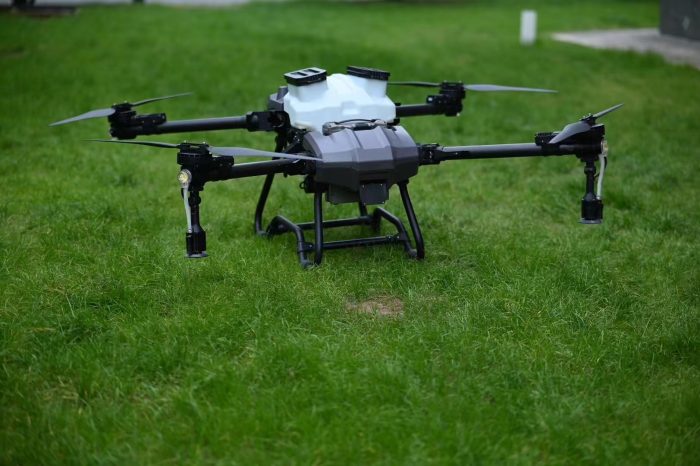
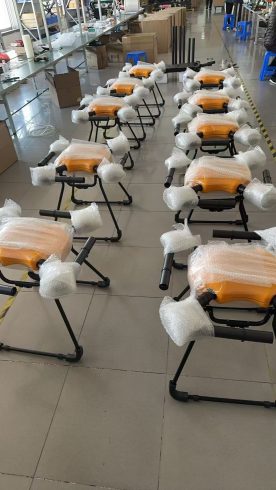
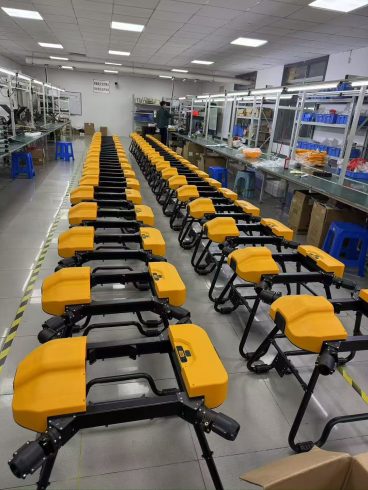


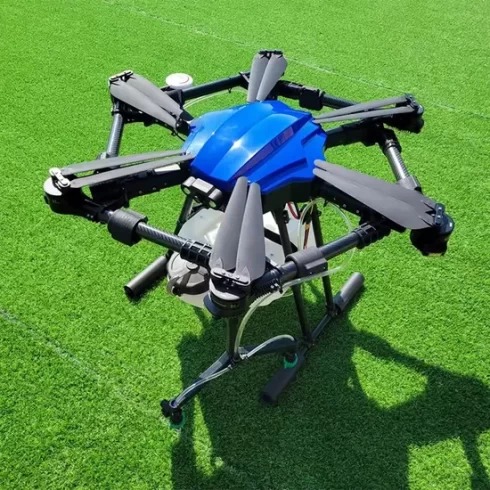

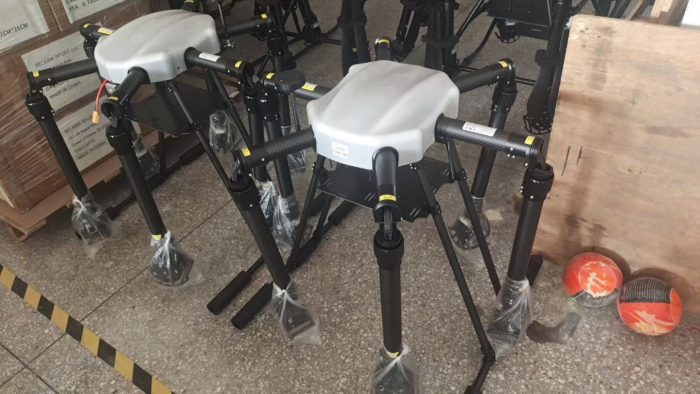

暂无评论内容